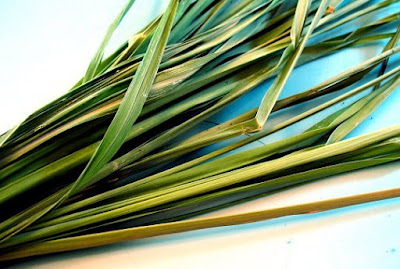Hello, guys! How are you? It’s been a while since my last
post about Jamblang, one of the extinction plants in Indonesia. Do you like it?
Please don’t hesitate to leave some comments.
Now, I will share about how to write a scientific project
report. I hope you find this useful. Please enjoy!
1.
Title of experiment
Gives an idea of what experiment is about.
2.
Preface
A preface is a brief introduction written
by the author about the whole concept of the experiment.
3.
Chapter I (Introduction)
a.
Background
Usually contain information about the object of experiment, history of
the object of experiment, reasons why you choose this object.
b.
Aim/Problem Questions
The outlines of what you’re trying to achieve in doing the experiment or
a question that you pose or attempt to answer through experimentation.
c.
Hypothesis
A supposition of how things work. This hypothesis is the basis of your
research, to prove whether your conjecture is right or wrong.
4.
Chapter II (Literature)
a.
Theoretical Basis
Theoretical Basis includes scientific information founded in journals or
based on the interview with professional respondent. If the theory is gotten
from the interview, it’s required to attach the recording. Theoretical basis
also could contains direct quoted from books.
b.
Methodology
In this section, it’s necessary to explain about the method used in
experiment, including the steps taken in order to get the data, then explain
why using that method.
5.
Chapter III (Data)
Contain variables and data of experiment.
The data is being recorded and organized in this part of report.
6.
Chapter IV (Observation and Discussion)
In this chapter, the data is being
analyzed. Usually there are diagrams, graphs and formulas to complete the data.
While the discussion is a summary of what have gotten in the experiment, focus
on observing the data, tables, diagrams and graphs.
7.
Chapter V (Closing)
a.
Conclusion
Provide a statement that answers the question that written in Problem
Question.
b.
Reflection
Reflection gives an opportunity to show what you have learned during the experiment
that may not be mentioned in the report.
8.
References
Contains bibliographic information about
every source cited in the report.
9.
Attachments
Contain pictures and tables during the
experiment.
If you’re confused to differentiate between theoretical
basis and backgrounds, just noted that theoretical basis is based on books and
journals, means it contains scientific information, unlike backgrounds, it
contains general knowledge.
There are many styles to cite references, such as APA ed.,
Chicago ed., GB7714, ISO 690, etc.
 |
American Psychological Association
rbmabalacat.com |
 |
Chicago Fifteen Edition
tex.stackexchange.com |
So, that’s it for today. Thank you for visiting my blog. I
hope you like what I share ;)














